Modern cold light equipment has evolved from HMI systems, high-efficiency lamps that produce concentrated light of high color temperature and significantly reduce heat emissions. This makes them especially suitable for illuminating large areas and supplementing natural light outdoors.
Several European and American manufacturers have introduced substantial design improvements, both in lamps for studio lighting and in outdoor equipment, which facilitate their handling and make them competitive with conventional systems.
However, HMI lamps have a relatively high cost and are more expensive to maintain than conventional halogen lamp equipment, so many low-budget operations cannot use them. In addition, most of these lamps use heavy and bulky power supplies that, in some cases, make it difficult to use outdoors.
Many filmmakers are forced to work with filtered tungsten lights and must undergo color temperature variations caused by the wear of halogen bulbs and the deterioration of gelatin filters. At the same time, it is common not to have adequate studies in a convenient way, so floor lamps must be used in fixed and outdoor applications, which accelerates the mechanical deterioration of the equipment.
In most cases this deterioration represents an increase in heat emissions, due to the mismatch of the dissipating elements, which also affects the duration of halogen bulbs. A conventional lamp that does not properly handle heat cannot offer stable performance and, in many cases, a visible deterioration of light quality can be expected in short periods of time.
Cold light lamps generate less heat than conventional bulbs, which makes it possible to simplify their construction and use lighter materials in their manufacture, including some types of plastic material. In addition, they are more efficient because they offer greater light emission due to the same current consumption of conventional equipment.
The most modern systems include electronic control mechanisms that ensure stable lamp performance by maintaining a constant level of light emission and the same color temperature throughout the life of the fluorescent elements.
On the other hand, the basic cost of fluorescent lighting equipment is higher than that of conventional lamps, but some manufacturers are offering tube-based systems with an estimated duration of between eight and ten thousand hours, which are obtained thanks to the optimization of control systems and the purification of the design. or sources of power.
Some improvements
Cold light systems are particularly suitable for installations with a high level of automation where it is necessary to have equipment that offers stable performance and requires minimal maintenance. A fluorescent light system can be ideal for a small news studio that must be operated by a small staff plant, or for studios dedicated to talk shows or game shows. By reducing heat emissions it is possible to reduce the height of the studies and even resort to conventional air conditioning systems.
A larger initial investment may be necessary – even installing dimmers or control systems that could be dispensed with in a conventional installation – and paying the higher cost of fluorescent tubes, which cannot necessarily be compensated for by their longer service life. However, these drawbacks can be ignored when considering the possibility of installing low-cost servo-assisted systems that allow a studio to be reconfigured in a matter of seconds, allowing applications to be changed practically in real time.
In addition, the coherent and easy-to-control light of fluorescent equipment is particularly suitable for permanent bluescreen installations, such as those required for the use of virtual scenography systems. And generally this type of light allows you to obtain images of excellent quality with CCD cameras of relatively low cost, which allows to change the technical indicators of the projects for new installations.
Laptops
Manufacturers have managed to design portable units that operate with common batteries, which allows high-efficiency lamps for ENG applications. In some cases, the control systems of this type of lamps allow the color temperature of the light to be dynamically adjusted.
Floor lamps for BFP applications benefit from design improvements in power supplies. The heavy transformer of HMI lamps has become an easy-to-handle and completely silent power adapter, and the lower weight of the lamps makes it easy to use lightweight, lower-cost brackets.
In short, manufacturers of lighting equipment have improved their offer of fluorescent light equipment for professional use, and it is expected that the prices of this type of lamps will decrease as the scale of its manufacture increases. TV&V



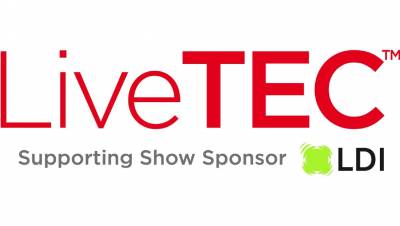

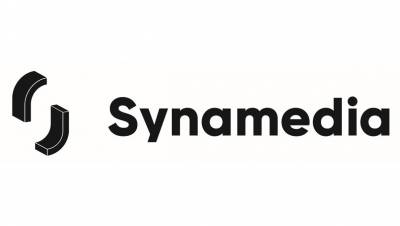


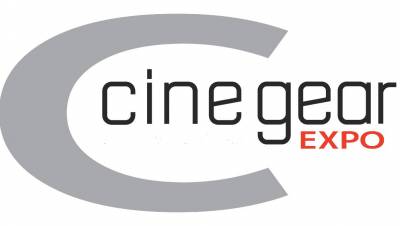




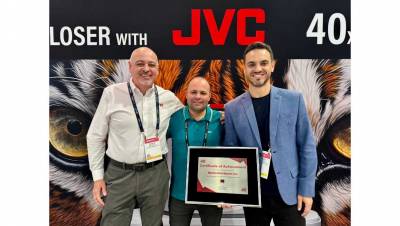
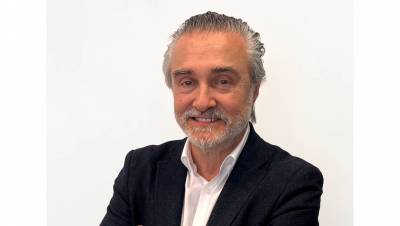
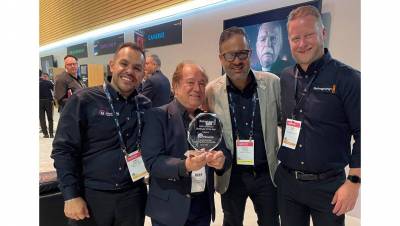







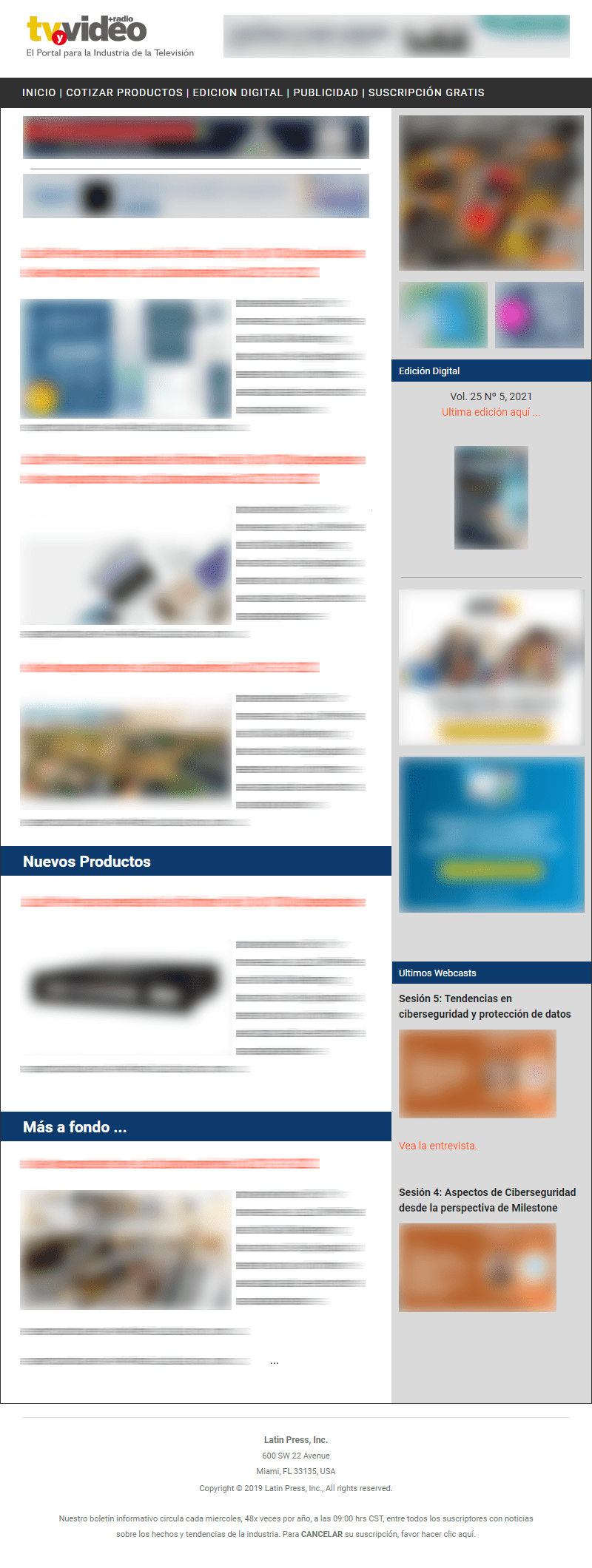
Leave your comment